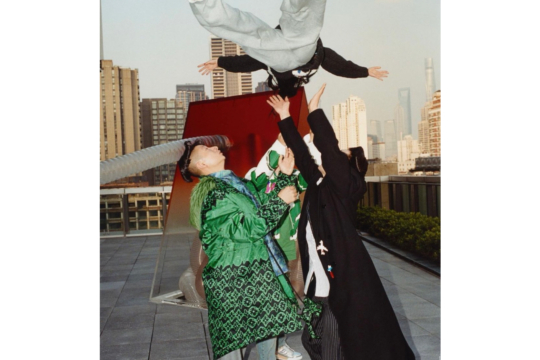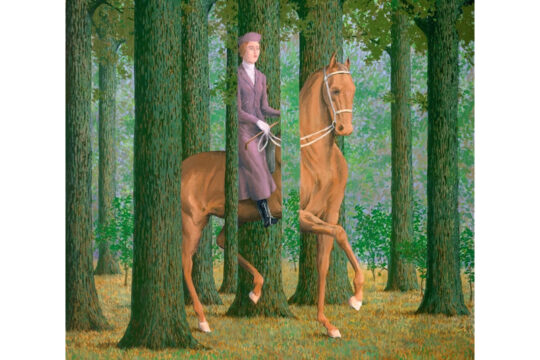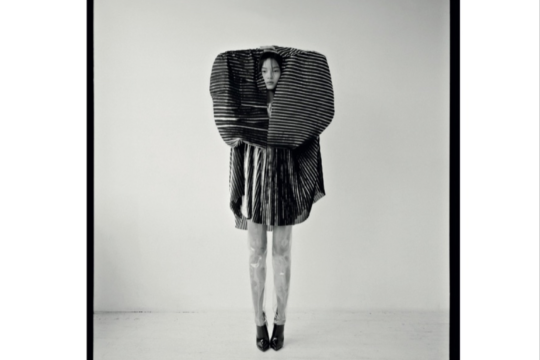
Infinity Mirror
“One day, after gazing at a pattern of red flowers on the table cloth, I looked up to see that the ceiling, the windows, and the columns seemed to be plastered with the same red floral pattern. I saw the entire room, my entire body, and the entire universe covered with red flowers, and in that instant my soul was obliterated and I was restored, returned to infinity, to eternal time and absolute space.”
–Yayoi Kusama
“Born in 1929, Yayoi Kusama grew up near her family’s plant nursery in Matsumoto, Japan. At nineteen, following World War II, she moved to Kyoto to study a traditional Japanese style of painting known as Nihonga that is typically made on washi paper or silk. During this period, Kusama began experimenting with abstraction, though it was not until her arrival in the United States in 1957 that she embraced it fully and began the phase that would characterize her mature work. While living in New York between 1958 and 1973, Kusama worked closely with important artists of the 1960s art world—including Eva Hesse, Allan Kaprow, and Donald Judd—while refining her signature dot and net motifs, developing her soft-sculpture pieces, and creating her first #installations and performance- based works. In her 1965 Infinity Mirror Room—Phalli’s Field, Kusama first used mirrors to transform the intense repetition that marked some of her earlier works into an enveloping, seemingly endless experience. The artist returned to Japan in 1973 and has continued to develop mirrored installations, expanding her earlier work into immense and often immersive environments. Today, Kusama maintains an active studio practice in Tokyo, Japan, and is widely regarded as one of the most important artists of the twentieth century.”
-High Museum
Knowledge is power
Join our mailing list and as well as keeping you informed on all things Moonman, you can subscribe your calendar app to our art and fashion event diary.


